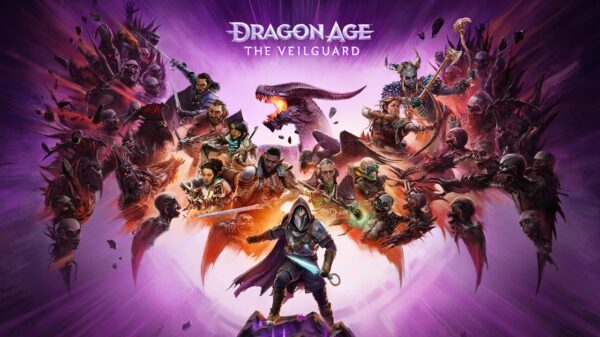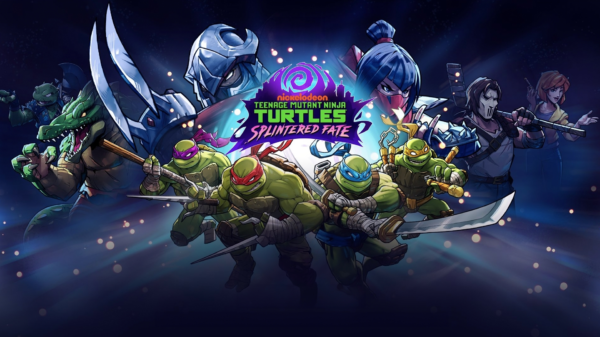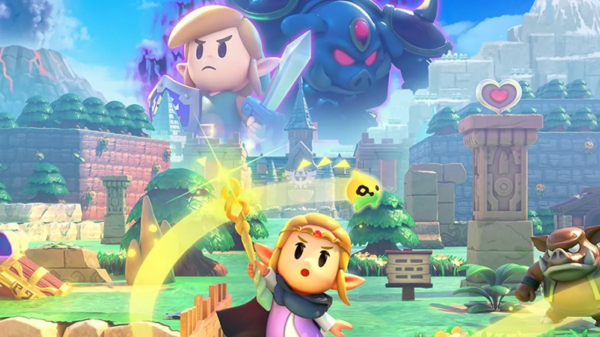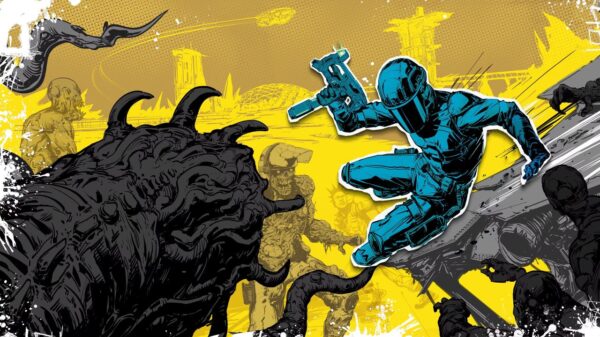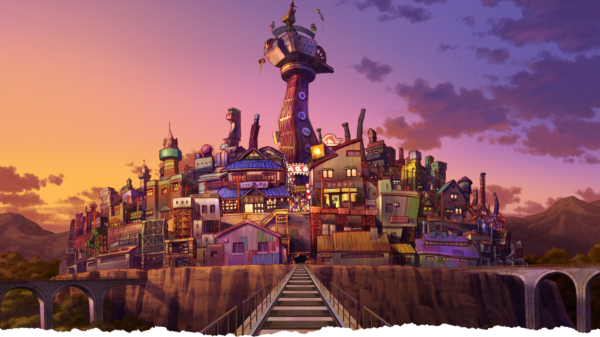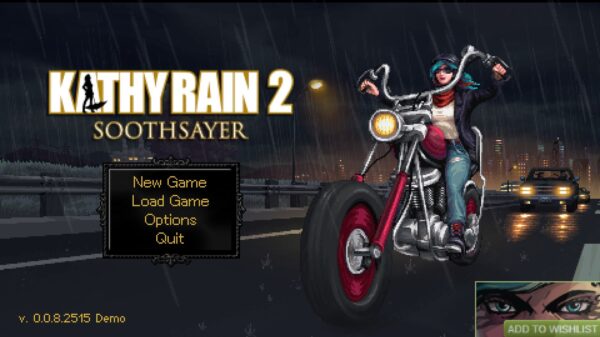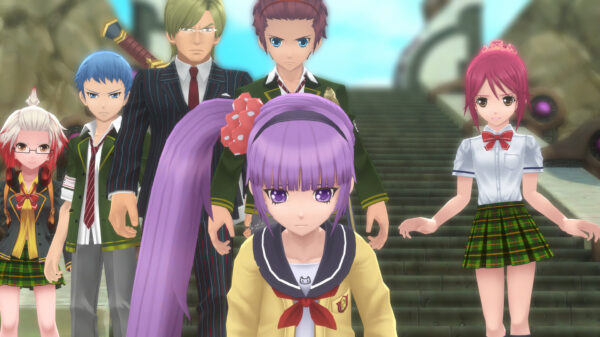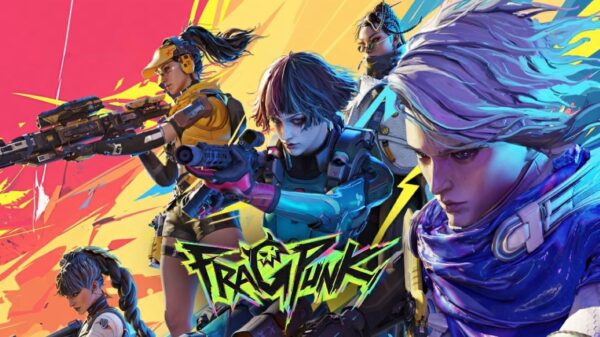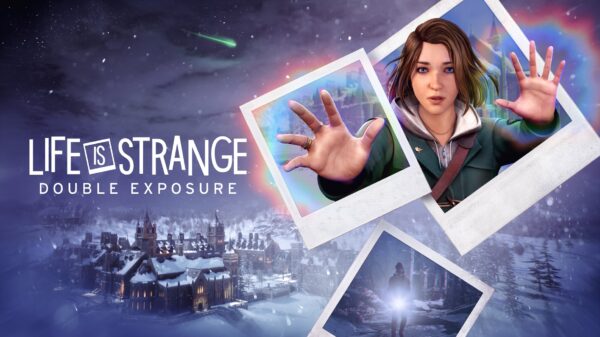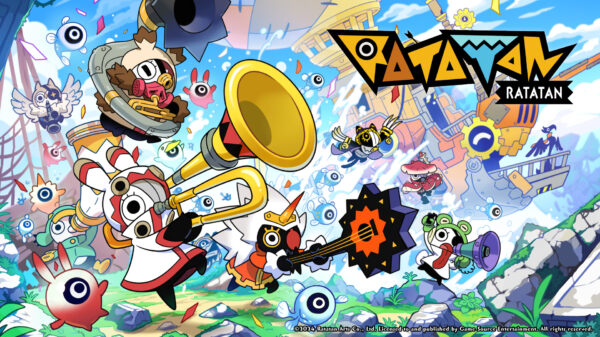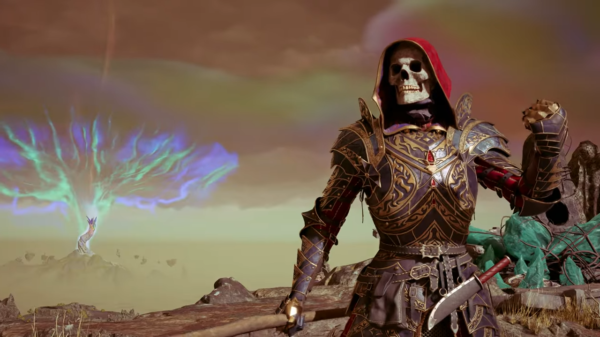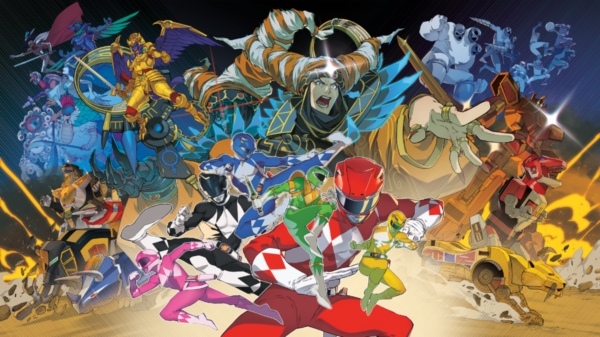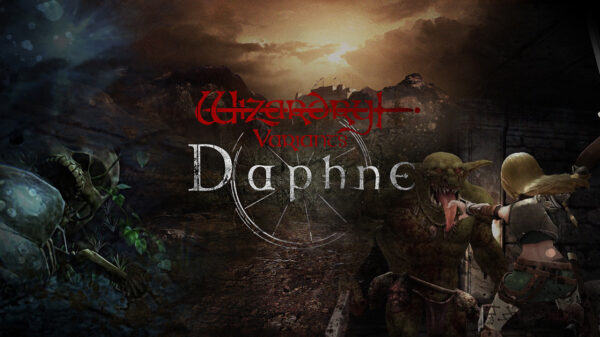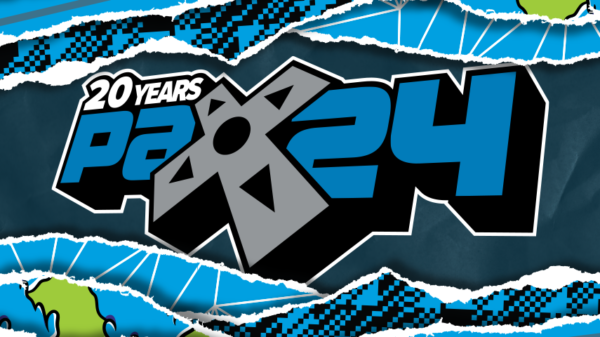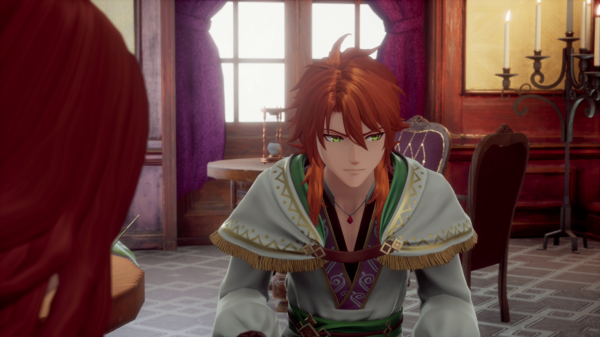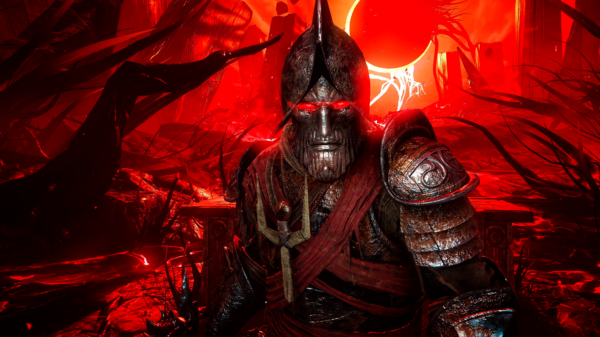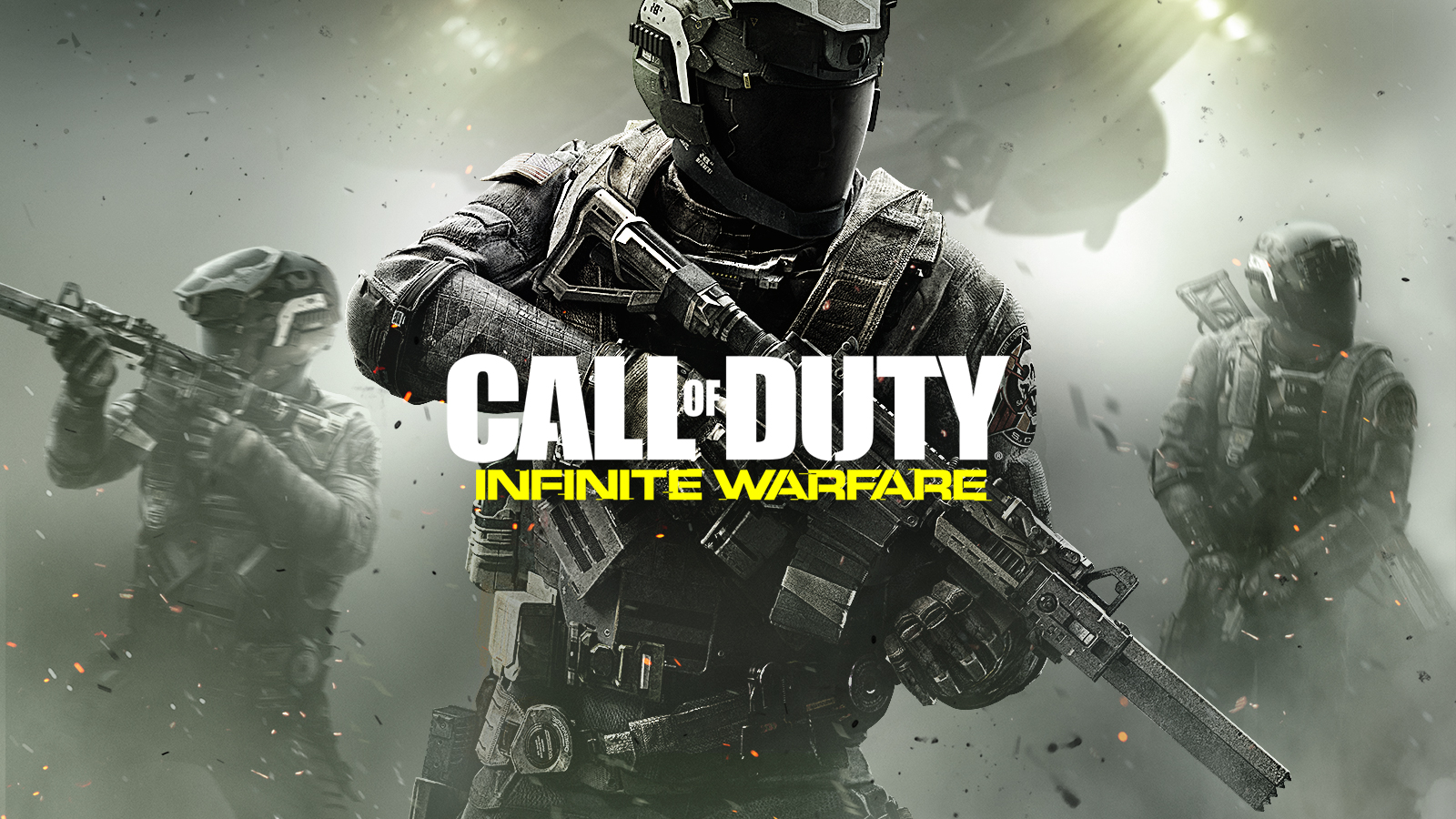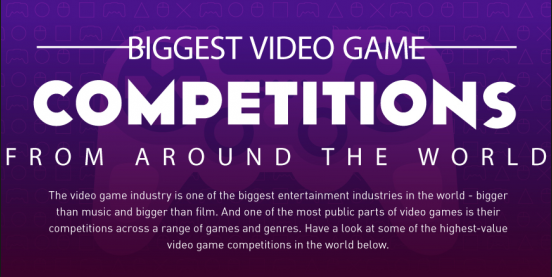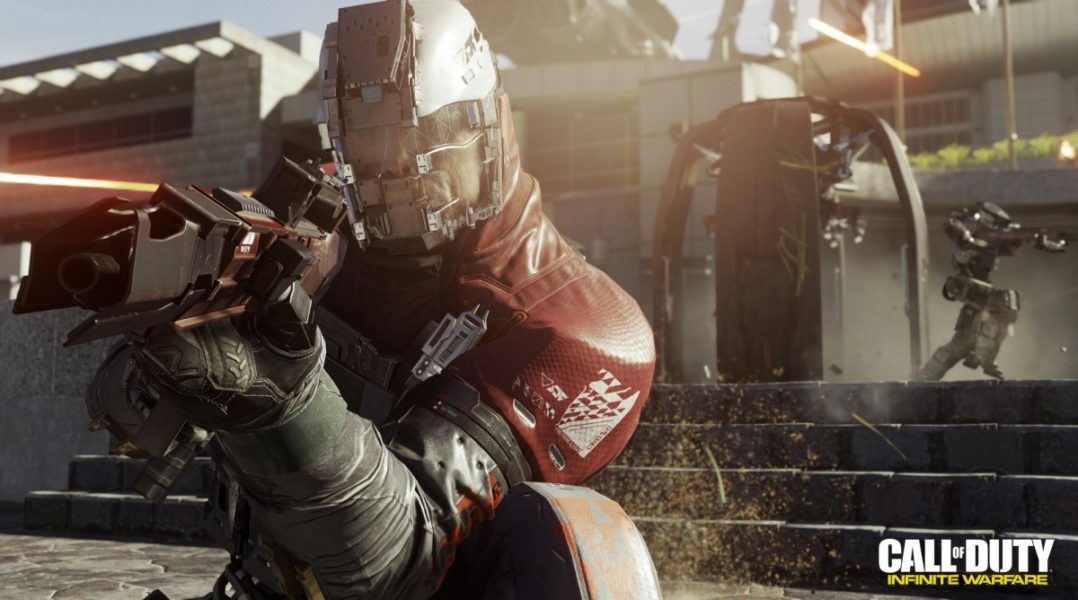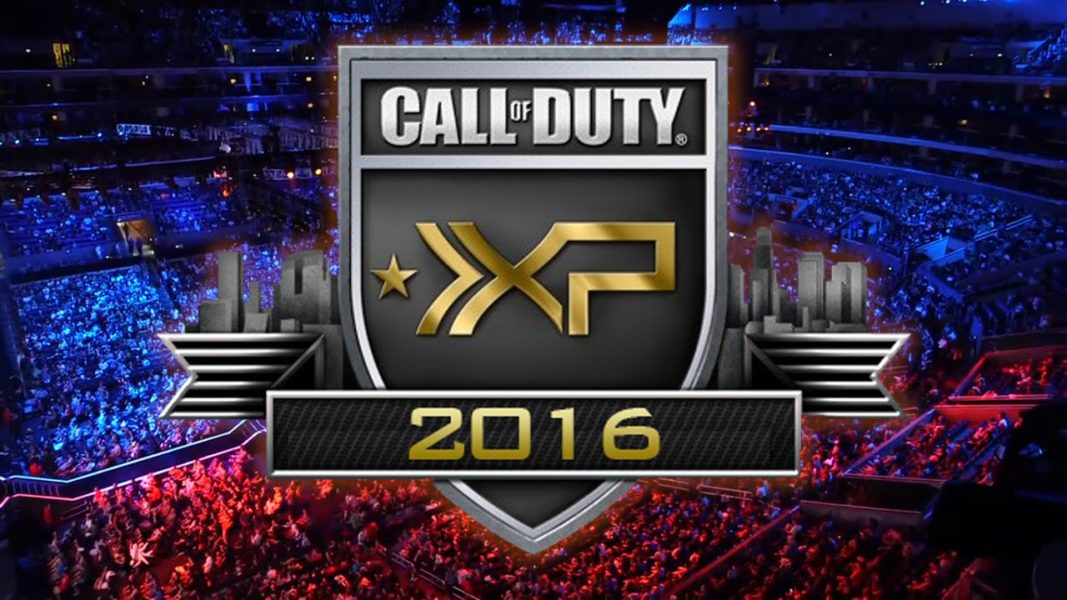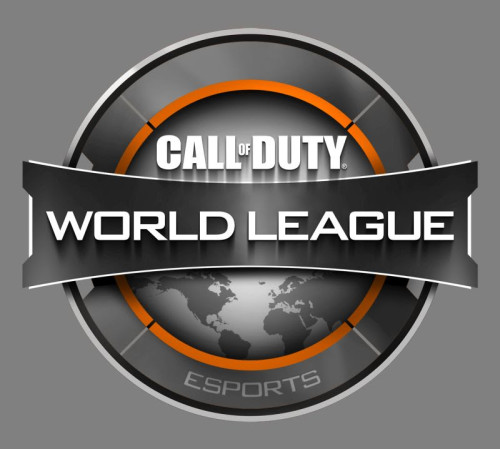Call of Duty: Infinite Warfare, the newest addition to the Call of Duty franchise, is the newest foray into semi-realistic sci-fi wars that the series has been known for recently. Despite a controversial announcement and being the subject of the most disliked YouTube videos in history, Infinite Warfare succeeds in much of what it does, although perhaps takes more missteps than some previous titles.
Call of Duty: Infinite Warfare
Developer: Infinity Ward
Price: $59.99
Platform: Xbox One, PS4, PC
MonsterVine received a review copy from Activision
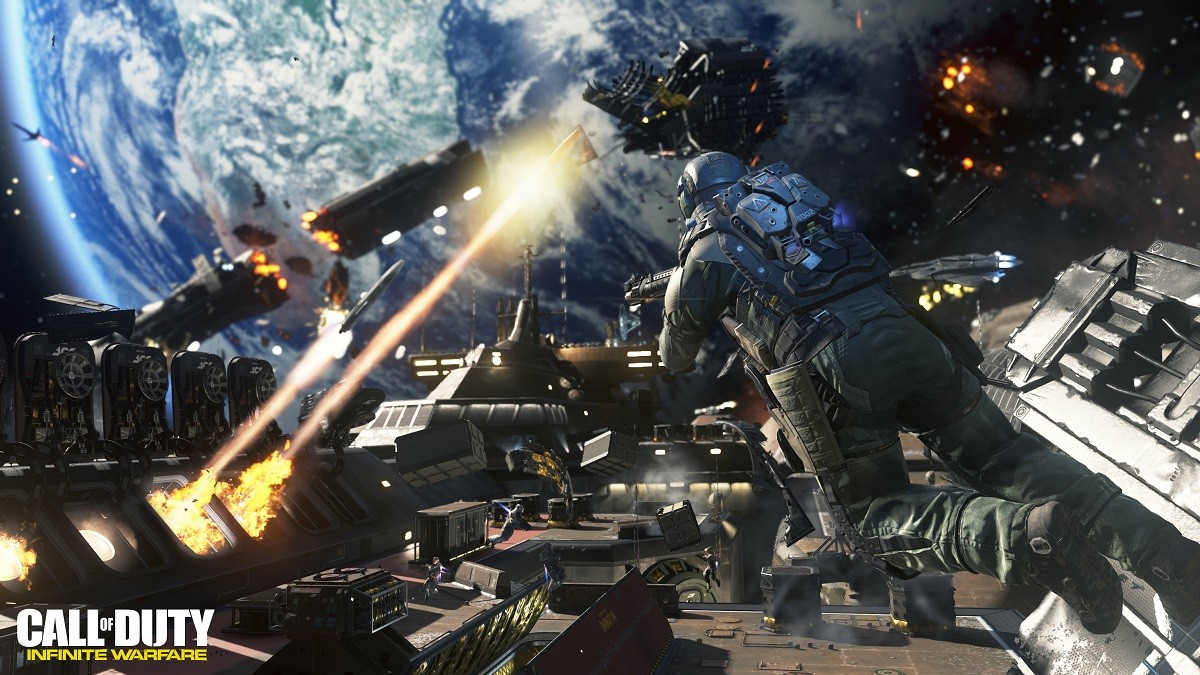
Of the three Call of Duty developers, Infinity Ward is probably most well known for the original Modern Warfare titles and the infamous Call of Duty: Ghosts. Following the branded Call of Duty formula, Infinity Ward’s Infinite Warfare is split into three parts. The obligatory story and story modes make up the first two, and Infinity Ward’s first attempt at Call of Duty’s Zombies game mode, Zombies in Spaceland, makes up the third.
Story
Infinite Warfare begins in a more extreme way than ever before. In the prologue you play as a S.C.A.R operative on assignment on Titan, an icy moon of Jupiter. Without spoiling too much, things quickly hit the fan and you’re soon introduced to the Settlement Defense Force (SDF). The SDF, led by Admiral Kotch and performed by Game of Thrones Kit Harington, is a rebellious military organization that began from a human colony on Mars. From the get go it’s clear that Kotch is pretty much pure evil. Tragically, this is the only side of Kotch we see. Throughout the story he’s completely two dimensional and has no complexities whatsoever. There’s no reason to empathize with him, no intentions that cause us to doubt our motivations or any real reason to fear him besides the fact that he’s got a big ship and lots of toys.
For the remainder of the game you play as Lt. Reyes, another S.C.A.R operative and acting commander of the USS Retribution after all but two of Earth’s fleet have been wiped out by a surprise attack from the SDF. Once you’ve taken the helm of the Retribution, or the “Ret” as Reyes refers to it as, most of the new mechanics of Infinite Warfare have been revealed. There’s moments of low-gravity and zero-gravity combat in which you’re assisted by heat-seeking grenades, a grapple hook and a small boost-thruster pack. On the ground you have access to the same boost kit, which allows you to make short higher jumps and wall-runs much like in Black Ops 3. Infinite Warfare also includes ship to ship dogfights that you’ll perform in your Jackal, a space fighter plane equipped with a variety of weapons and upgrades.
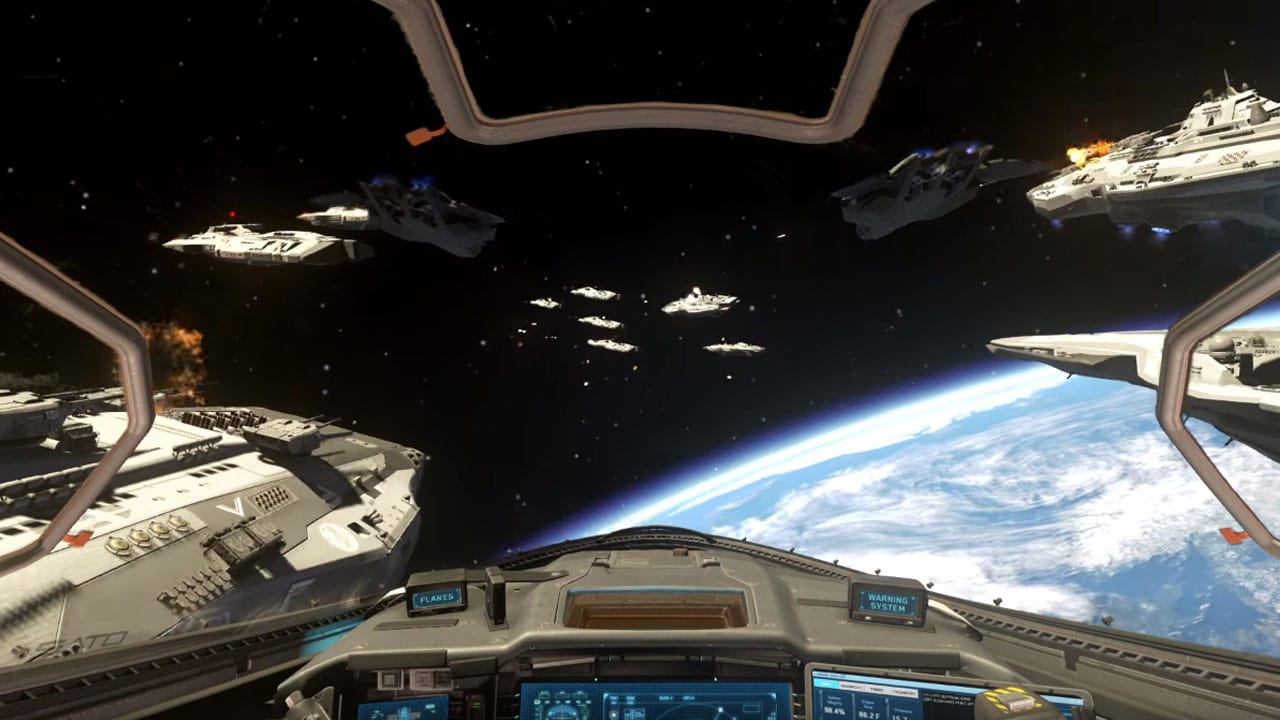
All of these new features can be enjoyable at times, but are quite flawed. The targeting on the heat-seeking grenades can seem random, with the grenades occasionally veering off in a completely random trajectory. Jackal combat is incredibly restrictive and assisted, think No Man’s Sky planetary flying but at all times, and with the lack of any sort of 3D map or radar things can get confusing quickly. The grapple hook feels like it would be a good idea if it weren’t so incredibly restricted. In order to launch towards an object or person with this hook, your reticle has to first lock-on to a specific edge before the prompt will appear. When compared to Titanfall 2’s fluid and completely player-controlled grapple hook, Infinite Warfare seems rudimentary at best and I found myself often frustrated with the lack of mobility allowed by the grapple hook. Nothing about the boost pack is inferior to the one available in Black Ops 3, but again when compared to other titles that feature similar capabilities like Titanfall 2, wall-running can feel incredibly limited and rigid, and the height and distance of your jumps can leave something to be desired. Not only does the increased mobility feel disappointing, but it can also feel near-pointless. There were less than five times in my playthrough where I felt these abilities came in handy, and I don’t believe there was a single time when they were required.

From here the game becomes much less linear which is unprecedented for a Call of Duty title and is met with varying degrees of success. In many ways the mission system feels like that of Mass Effect except locked into our own local solar system. After each mission you’re presented with Infinite Warfare’s version of the galaxy map.
Whilst aboard the U.S.S Retribution you can select various different types of side missions, which include Jackal missions, bounty hunts and a number of other assignments, alongside the game’s more linear main missions. Each side mission nets you some sort of reward from ship upgrades to new weapon types. None of these rewards are essential and side missions have no impact that I’ve noticed on the linear storyline of the game, but some of these mission bonuses were worth going out of my way for. My biggest complaint with this less than linear approach to Call of Duty is the lack of urgency that I felt from these missions. With the primary conflict going on time is of the essence or at least it should be. Which is a huge shame, because some of the best missions in the game are the completely optional side missions, many of which I had no care to attempt. Why would Lt. Reyes and the last of Earth’s armies care about taking out an officer of the SDF while we can end the war? The Jackal missions are also incredibly tedious and don’t really bring much more to the table than the Jackal segments of other missions, especially when Jackal combat isn’t all that great to begin with.

Again drawing similarities to BioWare’s Mass Effect, Call of Duty: Infinite Warfare has a wide and diverse cast of characters, some played by some notable actors and actresses. Sadly, due to the unnecessary side missions and the linear backdrop of the title, many of these characters aren’t fully fleshed out. During the campaign more than a few of my comrades fell, but very few of these elicited an emotional reaction. That said, your robotic sidekick E3N, aka “Ethan,” is a pleasure to fight alongside with, and there are a few moments of witty conversation and crew camaraderie throughout the campaign.
The weapons and gadgets from the campaign vary widely in appearance, usage and worth. Some of the weapons are simply space AK-47s while others are incredibly unique and fun to use, such as the energy-based sniper/auto-rifle hybrid the EBR-800. The rest of your inventory includes a secondary weapon, two gadget types and two grenade types. The gadgets and grenades are my favorite aspect of Infinite Warfare as they create such varied and tactical combat full of a multitude of options. When presented with a line of enemies, instead of hiding behind cover and picking them off one-by-one I hacked one of their soldier-bots and when under my control I used it to flank and shotgun a large portion of them before self-destructing. Another time I encountered a large shielded bot, not unlike Halo’s Hunter units, and instead of fighting it head on I tossed an anti-gravity towards it, shooting it a few feet into the air uncontrollably.
This is a military tale through and through, with plenty of remarkable moments, but is ultimately flawed. There were many moments throughout my campaign that I found frustrating or tedious, the mobility felt limited by the nature of the engine as well as the level design, and the characters aren’t given a whole lot of room to develop.
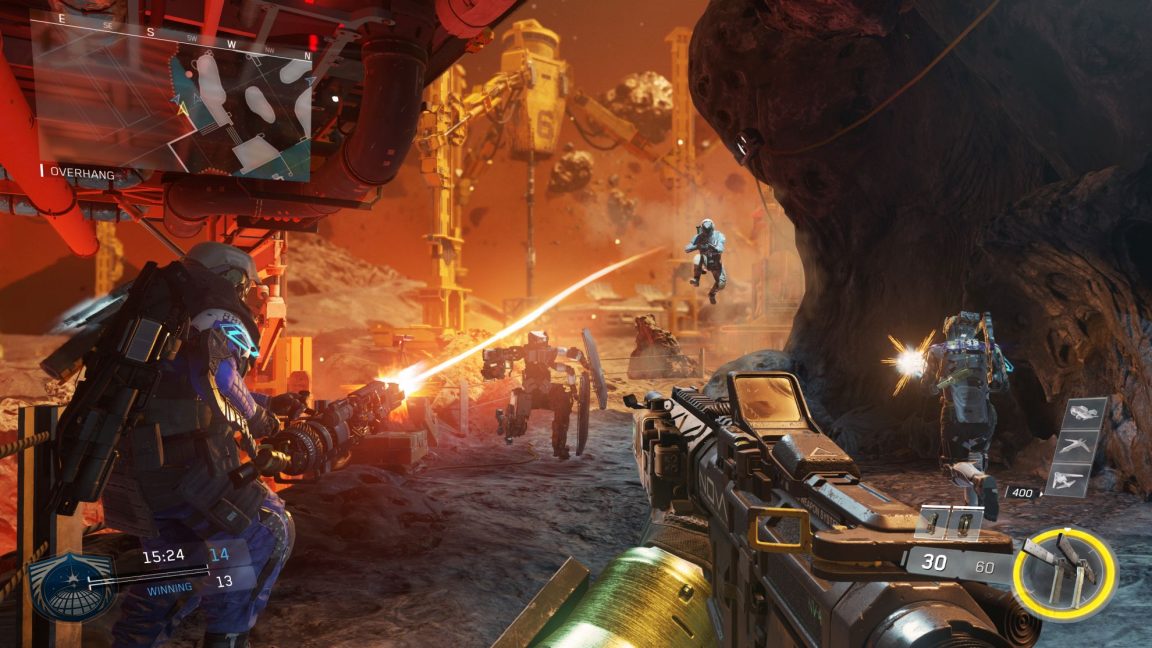
Multiplayer
Infinite Warfare plays largely on the success of the multiplayer style of Call of Duty: Black Ops 3. From it, Infinite Warfare inherited Gun Game, as well as a number of others. Infinite Warfare also brings back the point-based customization system in which every weapon, perk or gadget you equip costs points, allowing you to stack six perks with no weapons, run in with two tricked-out primary weapons or go the more traditional route with a primary, sidearm, grenade and three perks. Also returning from Black Ops 3 is the Operator system, now known as Combat Rigs. Before going into a match you must equip one of multiple Combat Rigs, each with their own small perks and ultimate abilities. Each ability is different, some Rigs offer advanced weaponry that can one-shot your foes while others offer support abilities such as earning your killstreaks quicker.
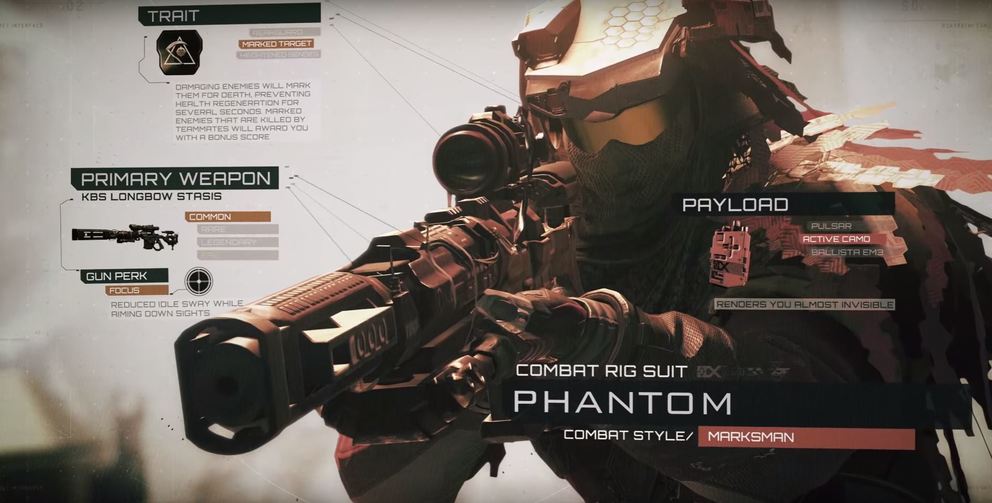
Most of the weaponry from the singleplayer campaign, aside from a couple of advanced weapons, are present, alongside a few classic weapons such as the M1 Garand and the XR-2. Notably, the gadgets from singleplayer are completely absent and instead are replaced with more generic tactical abilities such as a personal radar, a spawn beacon, and various others. While all weapons felt useful to me, I noticed that SMG weapons were already favored by the community.
The maps are fairly diverse in terms of style and design. On average the maps feel slightly larger than those available in Black Ops 3, a much needed change after the increased mobility of the game, but there are still loads of tight corridors with multiple entrances in nearly every map. These corridors are often favored as choke points or ambush locations, and are incredibly hard to hold down with there being a number of entrances, mobility options and close-range weaponry.
The combination of close-quarters areas of maps, highly useful SMG weapons, increased mobility and a seemingly quicker average time to kill make some moments of Infinite Warfare’s multiplayer incredibly frustrating. I’ve never been a competitive Call of Duty player, but I’ve very rarely earned lower than a positive K/D ratio until Infinite Warfare. It feels as though the skill curve has been increased in this title, where twitch shooting and rapid movement is favored over tactical thinking and weapon variety. In most games I played, the top players were those who sprinted around every corner, hopping from wall to wall with their SMGs drawn. This may be a positive thing depending on the type of player you are, but Infinite Warfare’s multiplayer suite feels like a step back in terms of accessibility.
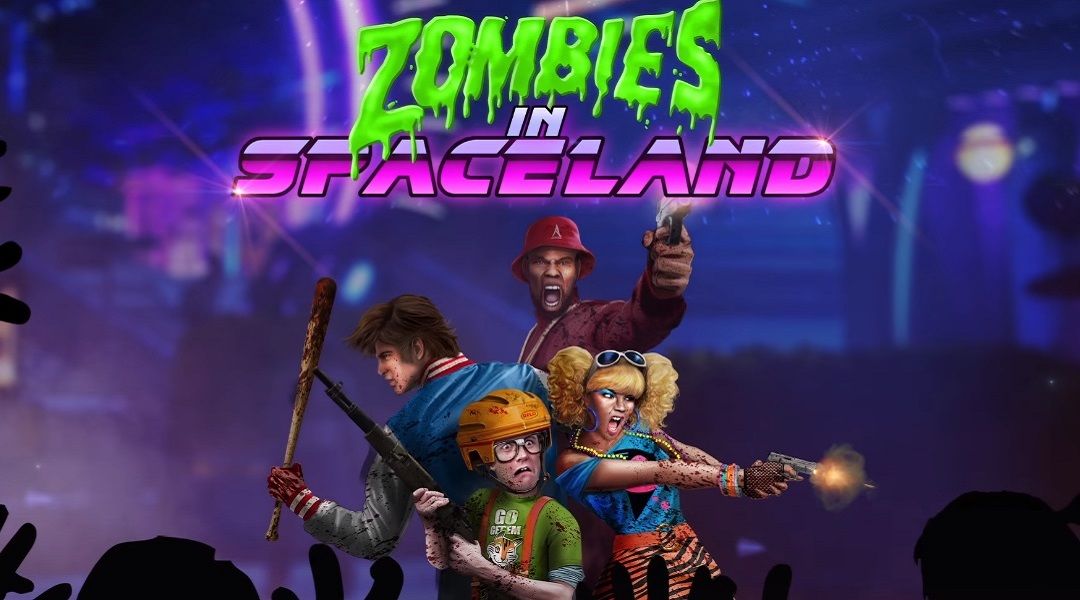
Zombies
Zombies in Spaceland is perhaps my favorite part of Infinite Warfare, and absolutely bleeds style. This ‘80s themed Zombies mode takes place in a theme park and centers around a stereotypical set of Breakfast Club-esque high schoolers. There’s the jock, the valley girl, the nerd and the rapper. Each character has their own lines and goofy melee attacks but are all fundamentally the same.
Not much has changed mechanically in this set of Zombies, the end goal is to survive as long as you can against increasingly difficult waves of zombies. Like each of the most recent zombies maps, there is a long and unique Easter-Egg storyline that can be followed during a match, as well as a variety of unique zombies and zombie-killing tools and gadgets.
The map itself has some of the best gimmicks in the series and plays well into the theme park concept. Theme park rides offer rewards and zombie-killing opportunities, and the arcade doubles as a place to earn rewards as well as a way to return to life after death. There are also incredibly useful new features that’ve been introduced this time around, such as team-purchased paths and the ability to share funds earned. Similarly to Black Ops 3 zombies there are various perks and power ups that you can earn, only in the form of playing cards instead of gumballs this time around.
There’s definitely a lot more to explore than what’s on the surface, and all of it is quite fun. Thankfully, the point at which I became frustrated and burnt out on this zombies map hasn’t hit yet, which is more than I can say for most Zombies maps in recent years.

The Final Word
Call of Duty: Infinite Warfare blends the gritty war tale with a sci-fi adventure mostly successfully. Quality RPG elements, new modes of mobility and character development are, at times, stifled by an adherence to the Call of Duty formula. Multiplayer is at its most diverse and complex, although the raised skill-curve and quicker times to kill can be a constant frustration. Thankfully, Zombies is back and lives up to the quality of its predecessors. At its worst, Call of Duty: Infinite Warfare is mediocre, and was quite often enjoyable during my time to play, but ultimately fails to fulfill the potential of a truly original Call of Duty title.
– MonsterVine Rating: 3 out of 5 – Average

